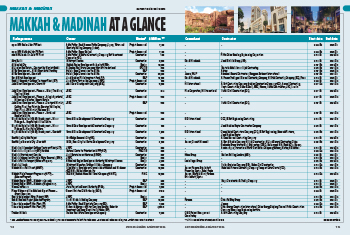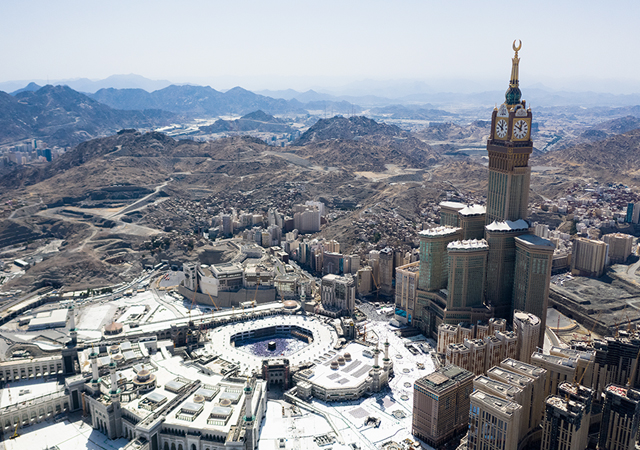
 The current focus is on redevelopment and expansion of central Makkah to accommodate the influx of pilgrims.
The current focus is on redevelopment and expansion of central Makkah to accommodate the influx of pilgrims.
Makkah and Madinah, the two holiest cities in Islam, are undergoing a massive transformation in line with Saudi Arabia’s ambitious Vision 2030, which aims to attract 30 million Umrah performers and six million Hajj pilgrims to these cities by 2030.
The kingdom is investing billions of dollars in infrastructure, hospitality, and religious facilities to accommodate the growing number of pilgrims and to enhance the overall experience for visitors. During this year’s Hajj season (June 14 to 19) alone, the two cities hosted a total of 1,833,164 pilgrims, according to figures released by Saudi Arabia’s General Authority for Statistics (Gastat). This apart, more than 13.5 million Muslims performed the Umrah pilgrimage in 2023 – the highest number of international pilgrims to have ever performed the ritual, according to the kingdom’s Minister of Hajj and Umrah Dr Tawfiq Al Rabiah said. Last year saw a 58 per cent increase in pilgrims, with a total of five million more pilgrims than the previous year, the minister said.
While every Muslim aspires to perform a pilgrimage to Makkah and Madinah at least once in his lifetime, foreigners were historically unable to own property in these holy cities. This limitation changed in 2021 when the real estate sector was opened to foreign investment. Furthermore, recent reforms have introduced premium property ownership-linked visa options, further expanding opportunities for foreign property ownership in these sacred locations. Now with ownership of land in Makkah or Madinah permitted on a 99-year leasehold basis, the prospect of owning a second home in Islam’s holiest cities is very appealing to global Muslim high-net-worth individuals (HNWI), according to a survey conducted by real estate consultancy Knight Frank.
As per its survey of global Muslim HNWIs, 84 per cent of those interested in making a residential property purchase in the kingdom would like to make that purchase in one of the holy cities. Therefore, the anticipated surge in demand for real estate is likely to further propel construction activity in Makkah and Madinah.
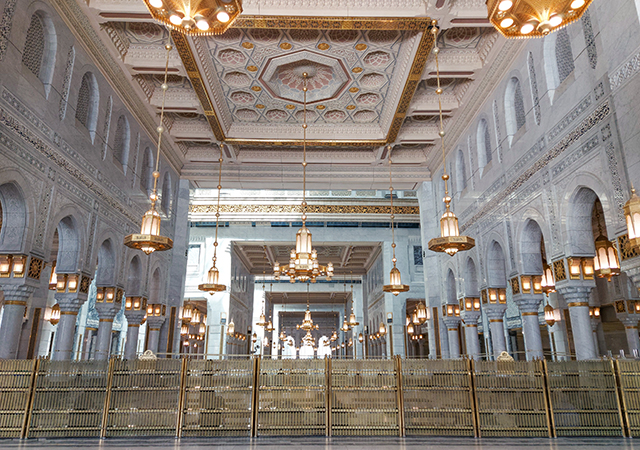 |
|
The Grand Mosque in Makkah ... expansion is ongoing. |
The current focus is on redevelopment and expansion of central Makkah and Madinah to accommodate the influx of pilgrims, where the largest expansion project of the Grand Mosque in Makkah is ongoing.
Big-ticket projects in Makkah that will serve pilgrims include the ongoing multi-phase Jabal Omar development, which is now well into its fourth phase, the $27-billion Masar project and the $7-billion Thakher Makkah; while the stand-out projects in Madinah are Rua Al Madinah and Knowledge Economic City (KEC).
Apart from real estate development to cater to pilgrims, Saudi Arabia is also looking at transforming these holy cities into global investment hubs under a new partnership – known as Manafea partnership – between the Federation of Saudi Chambers (Makkah and Madinah Chambers) and the Islamic Chamber of Commerce and Development. The partnership aims to organise a series of joint events in the areas of investment, industry, halal, art and Islamic culture, among others that will contribute to the advancement of the Islamic economy globally.
Infrastructure
The surging number of pilgrims and other visitors to these holy cities is putting a heavy strain on the infrastructure, which calls for the rapid expansion of the transportation power and water supply, and drainage networks.
As part of the Pilgrim Experience Program – one of the kingdom’s Vision 2030 initiatives – the Saudi authorities last month made crucial moves to push ahead with the Madinah Bus Rapid Transit (BRT) project, an integral component of the city’s comprehensive large-scale transportation initiative, aimed at implementing high-capacity public transport modes.
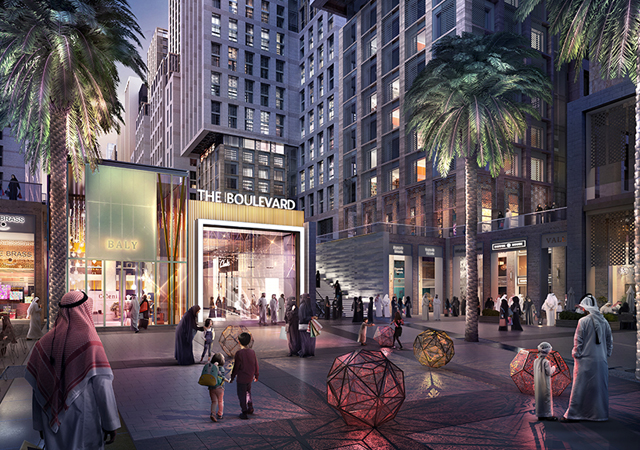 |
|
Masar Destination aims to transform the area around the Grand Mosque into a world-class religious and cultural destination. |
A joint venture of Egis, an international player offering architecture, consulting, construction engineering and mobility services, and Systra, a multinational engineering and consulting group in the mobility sector, was awarded a contract by the Al Madinah Region Development Authority (MDA) to provide project management and construction management (PMCM) services for the Madinah BRT project. The project seeks to establish up to 500 stations, achieving 80 to 90 per cent area coverage by 2030.
Meanwhile, numerous mega utility projects are also in progress to meet the surging demand for power and water posed by these rapidly expanding cities. Among such projects, two solar photovoltaic plants are being developed in the Makkah Province by a consortium of Acwa Power, Public Investment Fund (PIF) subsidiary Water & Electricity Holding Company (Badeel), and Aramco Power, a fully-owned subsidiary of Saudi Aramco. These include Haden Solar PV and Al-Muwaih Solar PV, each with a capacity of 2,000 MW.
In the water sector, two of the major projects that are under way are the $667-million Rayis-Rabigh Independent Water Transmission Pipeline (IWTP) project and the $410-million Juranah Independent Strategic Water Reservoir Project (ISWR-1).
In July, Madinah Governor Prince Salman bin Sultan bin Abdulaziz laid the foundation stone for the water transmission project, which has a 500,000-cu-m-per-day capacity and will serve the Makkah and Madinah regions.
The Juranah Independent Strategic Water Reservoir Project in the Makkah region will have a storage capacity of 2 million cu m of water and an additional 500,000-cu-m operational tanks. It is being developed under a build, own, operate and transfer (BOOT) scheme for 30 years by a consortium of Abu Dhabi National Energy Company (Taqa), Vision International Investment Company and Gulf Investment Corporation (GIC).
The Juranah ISWR-1 Project is pivotal in addressing emergency municipal water demand, specifically in Makkah and Madinah regions during the Hajj season.
Meanwhile, Saudi Electricity Company has stated that it implemented major projects worth SR611 million ($163 million) covering Makkah, Madinah and other holy sites for the Hajj season this year in a bid to provide a stable electricity supply for the pilgrims as well as its residents.
According to SEC, further investments will cover projects worth over SR166 million, for subscriber connections in the central area of Makkah and the nearby sites.
Makkah
Makkah is witnessing a construction boom centered around the Grand Mosque. Among the key projects under way are:
Grand Mosque’s Third Expansion: The project aims to significantly boost the mosque’s capacity, increasing the expansion’s footprint from 414,000 sq m to 1.564 million sq m. The prayer area will more than double in size, from 390,000 sq m to 912,000 sq m. The associated facilities will also be expanded and improved: The number of restrooms will increase from 3,515 to 16,726, and ablution facilities from 2,479 to 12,639. The project’s construction allows for the future addition of prayer floors and corridors.
Masar Destination: This $27-billion project, being developed by Umm Al Qura for Development and Construction Company, aims to transform area around the Grand Mosque in the western part of Makkah into a world-class religious and cultural destination. Work is in progress on the hotel projects.
The masterplan includes 3.8 million sq m of buildings serving the hospitality sector comprising 40,000 hotel rooms and apartments; 2.1 million sq m of residential buildings offering 10,000 homes; a 317,870-sq-m commercial zone; 987,000 sq m of office space; 28,700 sq m of public service centres; and 272,290 sq m dedicated to health services.
Thakher Makkah: Saudi-based Thakher Development Company has announced that steady progress is being made on this premium development (see Page 14). Spanning an area of 320,000 sq m on a site located 1 km from the Grand Mosque (Haram), the massive project will, upon completion, include about 100 land plots for the development for hotels and residential, commercial, and service-related facilities.
As part of the initiative, Thakher Development will be revamping some of the old neighbourhoods of Makkah in co-ordination with the Royal Commission for Makkah City and Holy Sites.
Jabal Omar Development: The massive Jabal Omar Development, a mixed-use project within walking distance of the Grand Mosque, continues to see significant progress on its fourth phase, which is targeted for completion by the year-end.
Being developed by Jabal Omar Development Company (JODC), the project will consist of 15 towers, including four- and five-star hotels with 5,000 keys that will be operated by internationally renowned hotel operators. On completion, the Jabal Omar master project will have a built-up area of over 2.5 million sq m with a total of 46 towers that include hospitality, commercial, and residential developments.
Almanar: Roshn Group, a national community developer and a member of the Saudi Public Investment Fund, launched Almanar in March this year as its fifth integrated mixed-use community and its first venture in Makkah. The first phase of the project, located at Makkah’s western gate, will comprise 4,149 residential units to house over 17,000 people on a footprint of 2.5 million sq m. It will also feature a wide range of amenities, including a regional mall, neighbourhood commercial centres, a business park and several mosques (see Page 18).
Madinah
Madinah is also undergoing significant development. Key projects include:
Rua Al Madinah: Rua Al Madinah Holding Company, a wholly-owned subsidiary of PIF, is moving ahead on plans for the development of Madinah Central Area (MCA) that will ultimately deliver greatly expanded retail and hospitality assets in the holy city. The project involves redeveloping an area of 1.5 million sq m and adding more than 47,000 hotel rooms by 2030. As much as 83,000 sq m of the project’s masterplan will consist of green areas, with open and green spaces comprising 63 per cent of the total land area.
One of the latest projects to be launched by the developer within MCA is the Islamic Civilization Village, which aims to focus on Islamic heritage and enrich the visitor experience in Madinah. It will provide a rich cultural and edutainment experience, featuring diverse activities, hospitality services and historical shows that depict various facets of Islamic world history. The project comprises eight distinct geographical zones, including the Arabian Peninsula, Mashriq, Islamic South Asia, Maghrib, SEAN, the Silk Road, Al-Andalus and Africa. Spanning more than 257,000 sq m, it also features diverse retail outlets, dining options, cafes, interactive shows, activities and green spaces.
Knowledge Economic City (KEC): The KEC continues to evolve with a number of major developments in progress including Madinah Gate, Knowledge City Forum, Islamic World District and the Al-Alya mixed-use development. The KEC has recently awarded Elkhereiji Commerce and Contracting Company two contracts worth a total of SR289 million for Al-Alya mixed-use complex which includes hospitality, housing, offices, retail, and education components covering an area of 269,000 sq m area. The first deal covers the construction of four additional residential buildings, with 132 residential units. The second covers the landscaping works for a group of eight residential buildings featuring a total of 264 units, all of which are part of Phase One development.
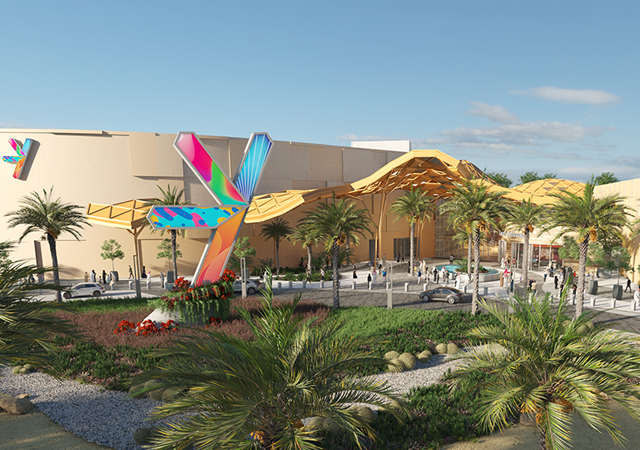 |
|
Seven Madinah, a SR1.3-billion amusement park taking shape in Madinah. |
Seven Madinah: Construction work is in progress on Seven Madinah, a SR1.3-billion amusement park located next to King Fahad Central Park in Madinah. It will cover an impressive development area of more than 100,000 sq m, with a total built-up area of over 84,000 sq m.



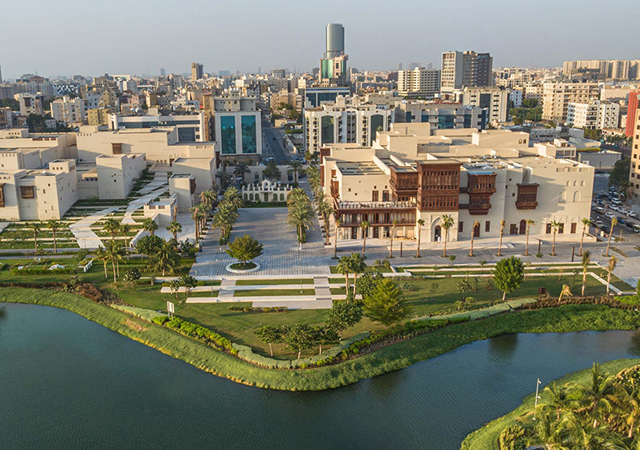
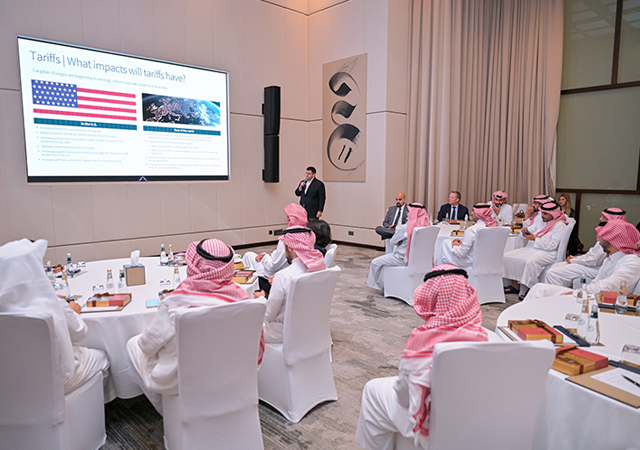

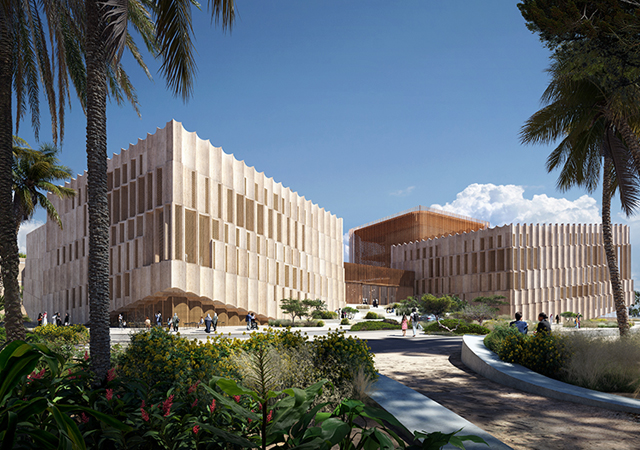

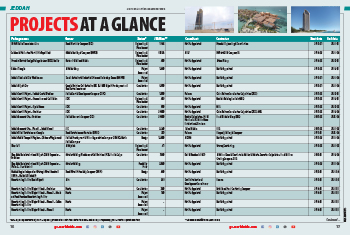
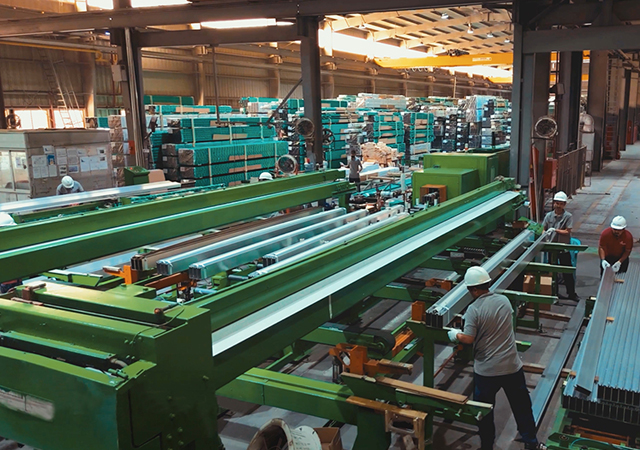

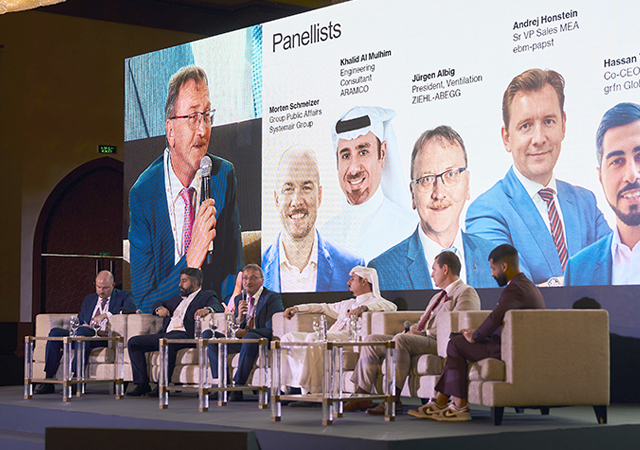

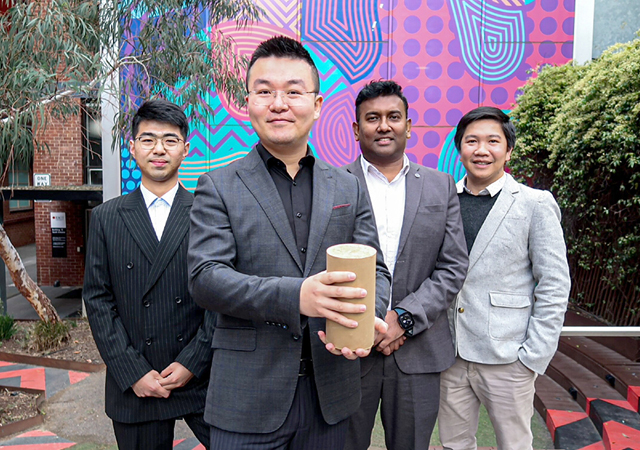
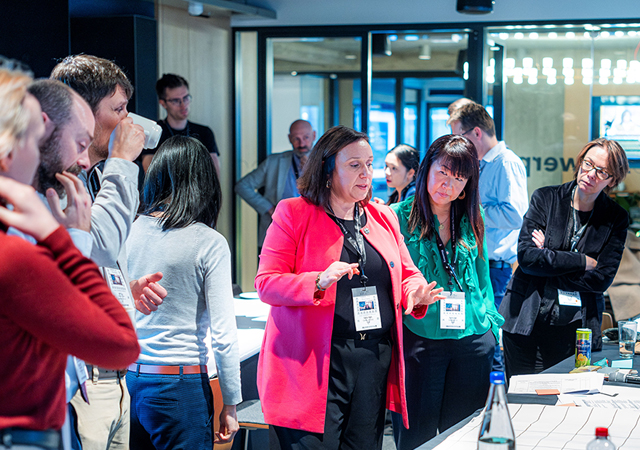
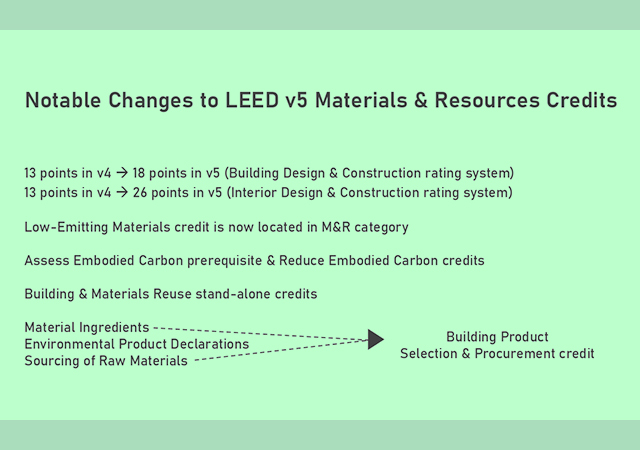
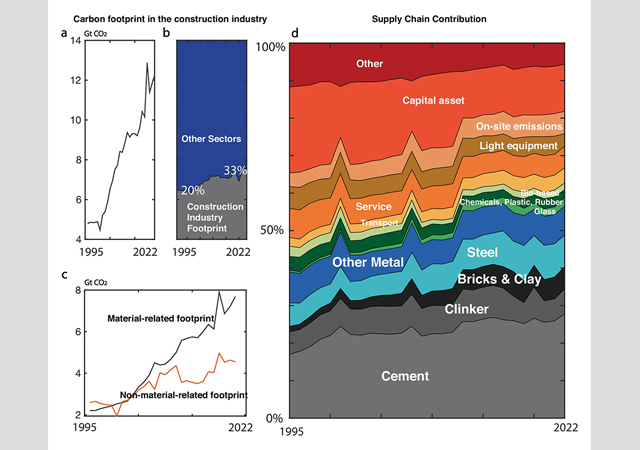
.jpg)
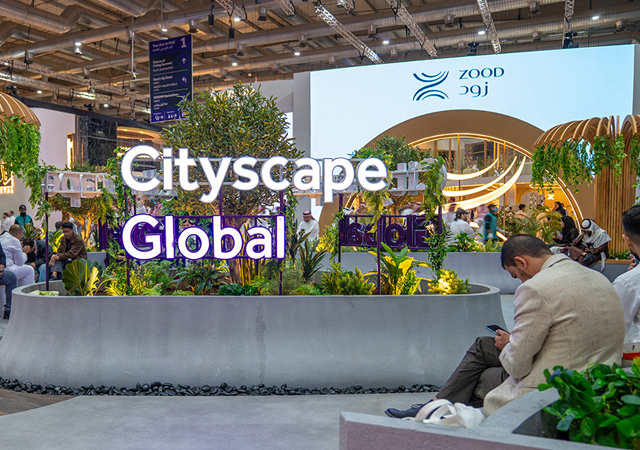
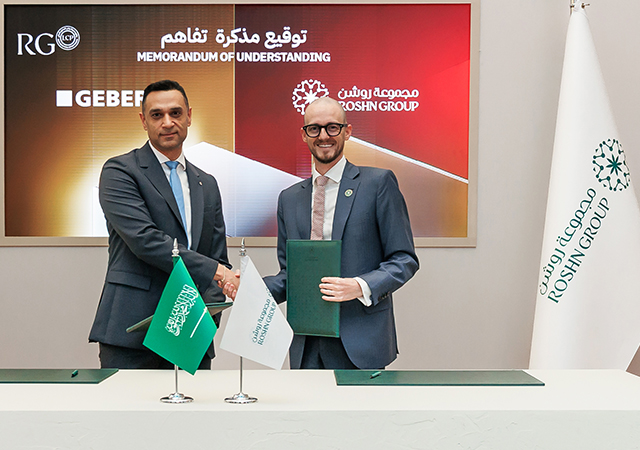

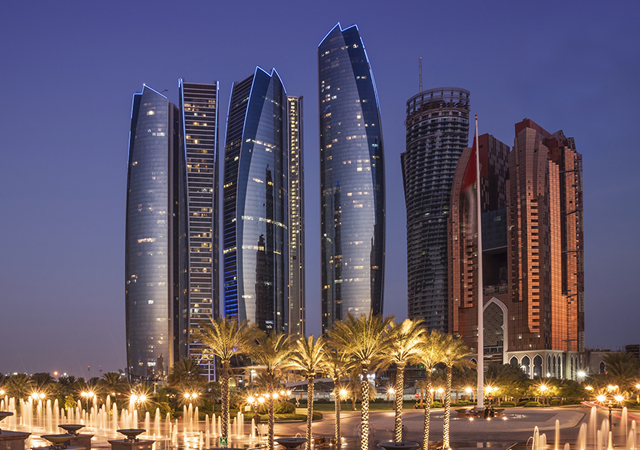


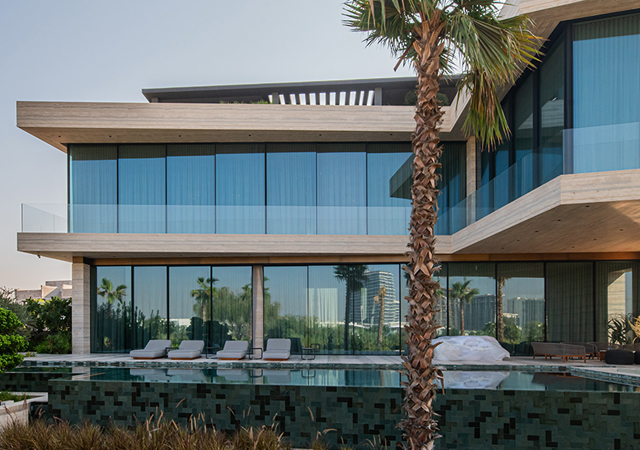





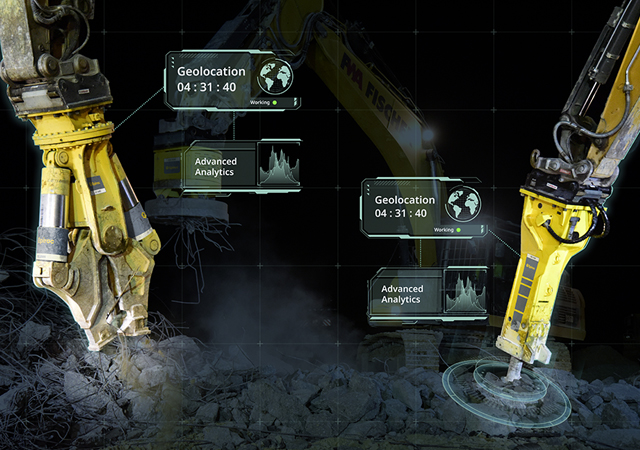
 (1).jpg)

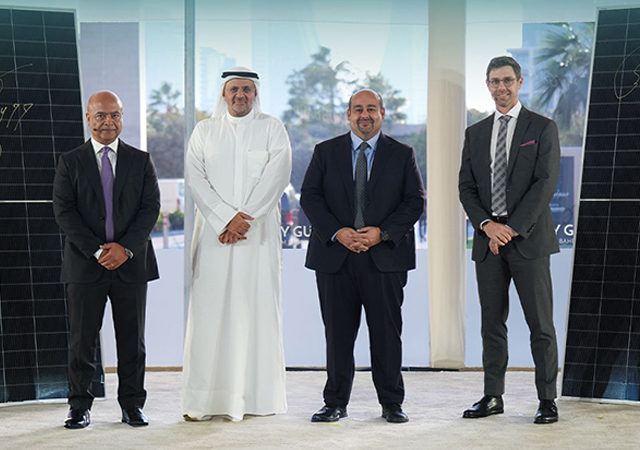
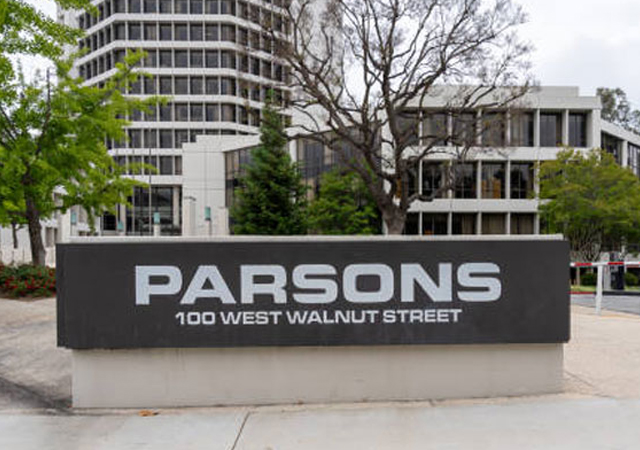
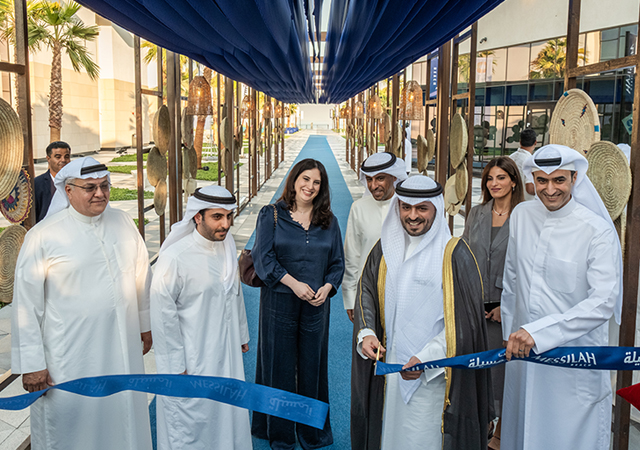
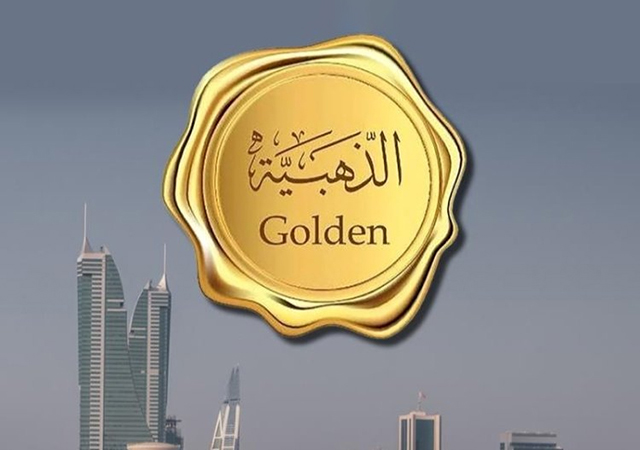

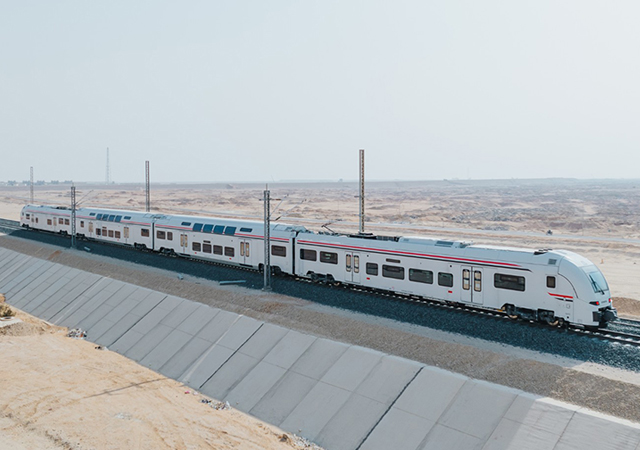
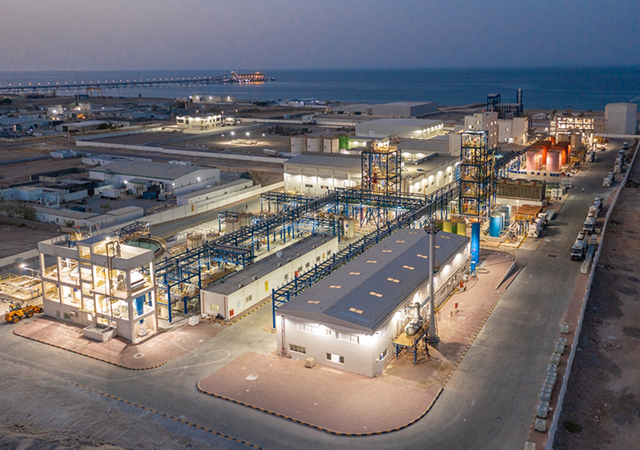
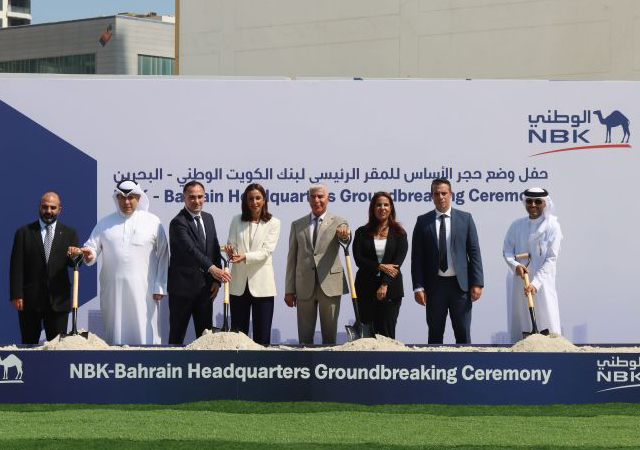
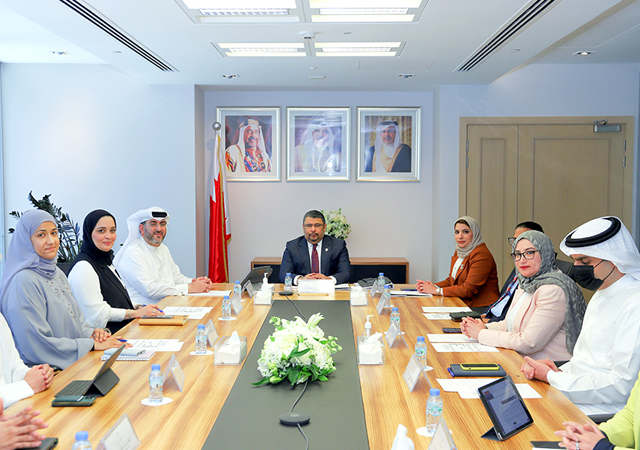

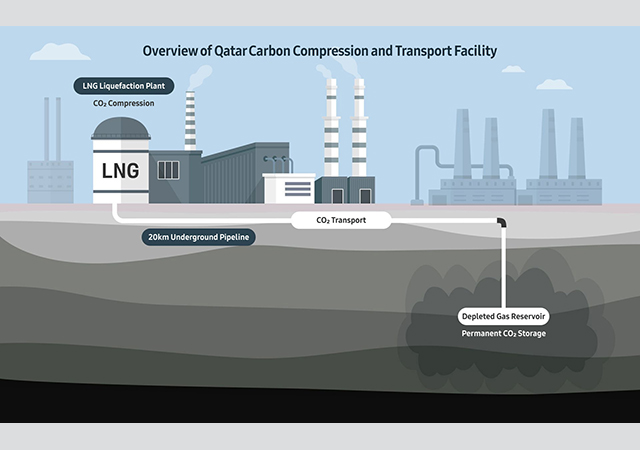
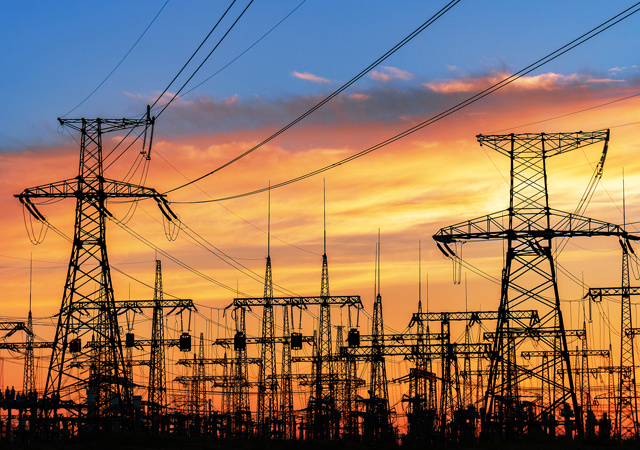
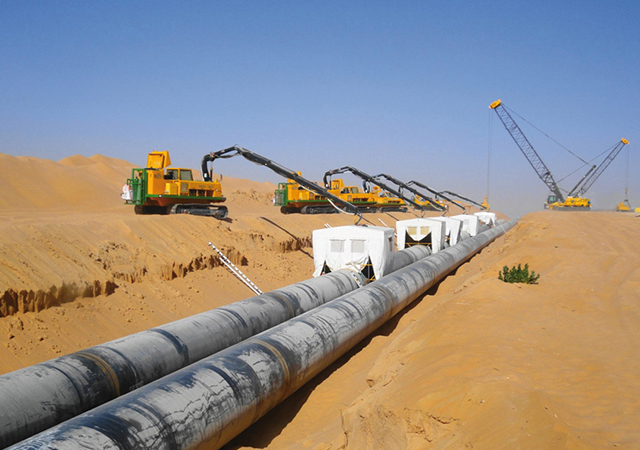
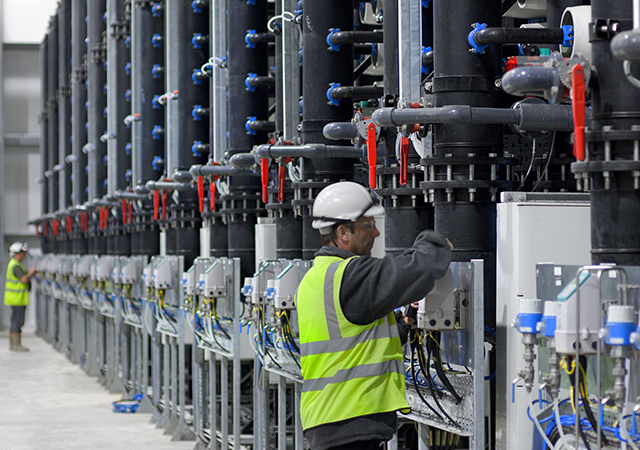
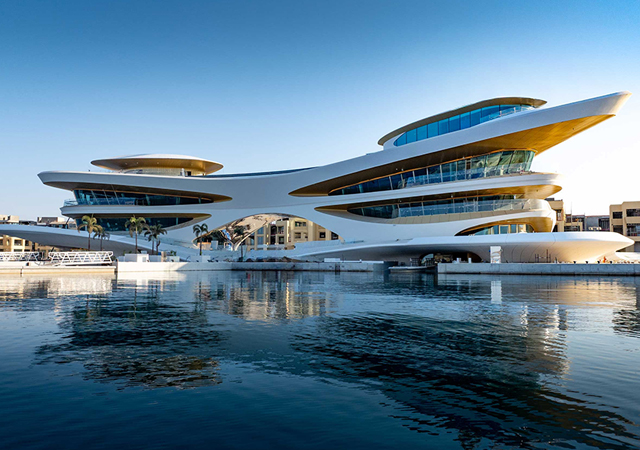
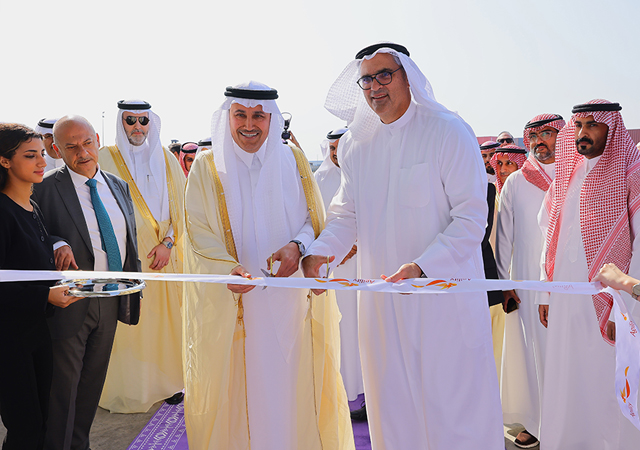
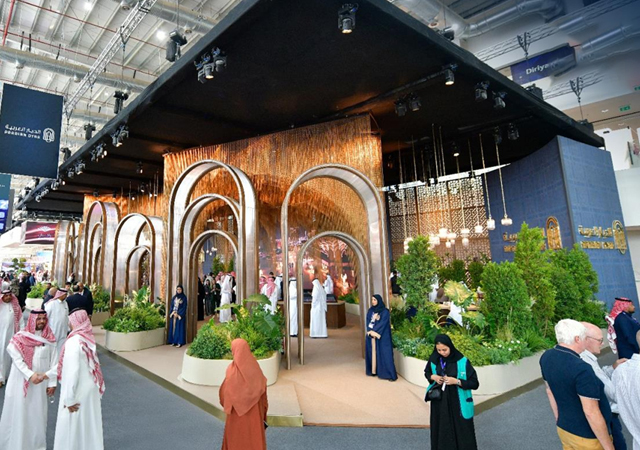

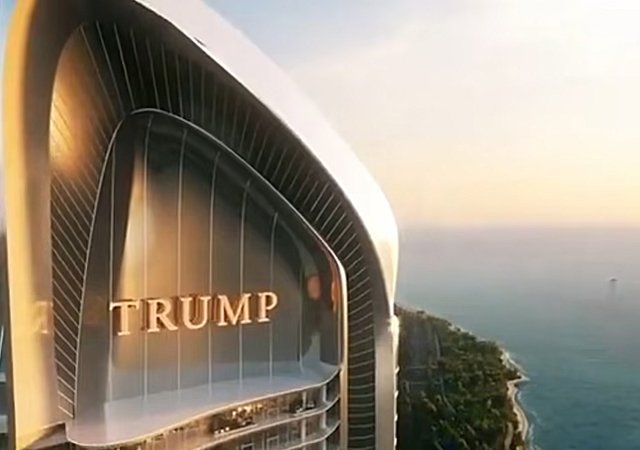


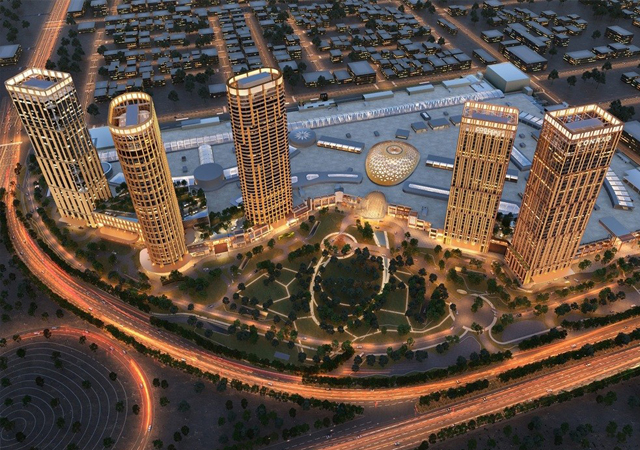
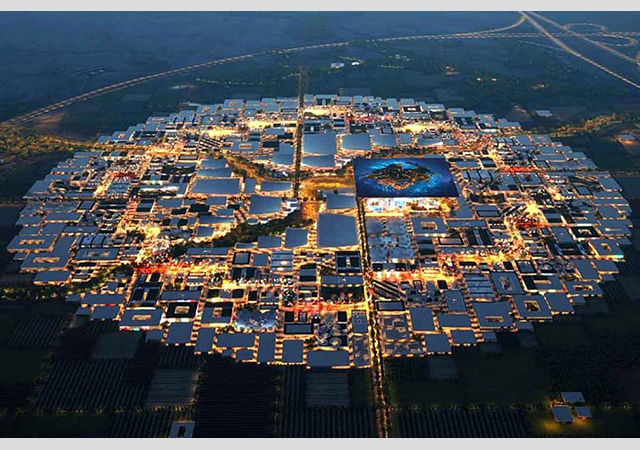
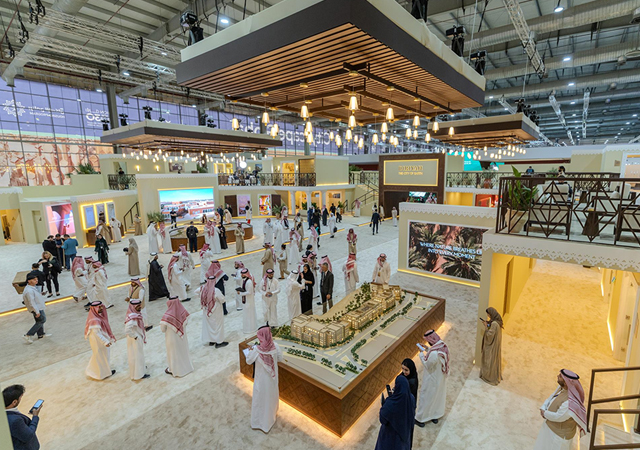
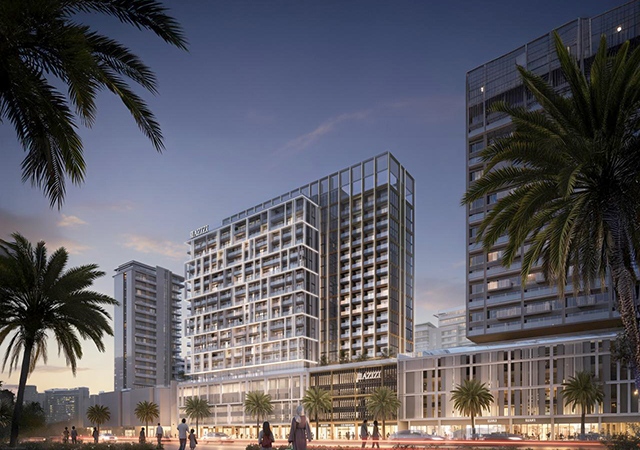
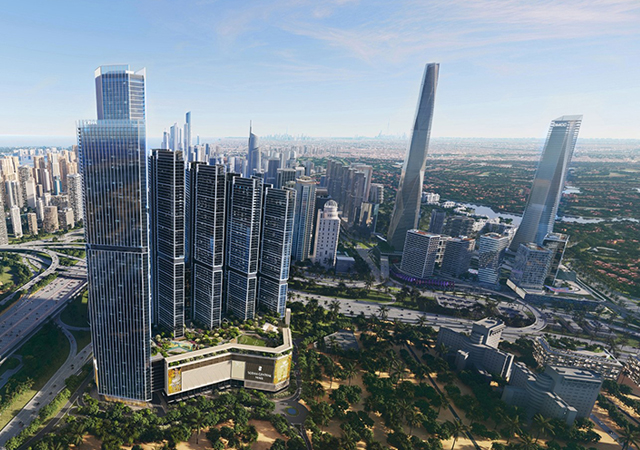
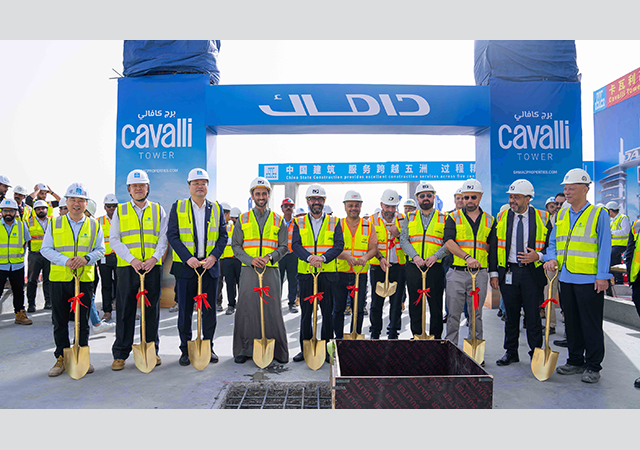

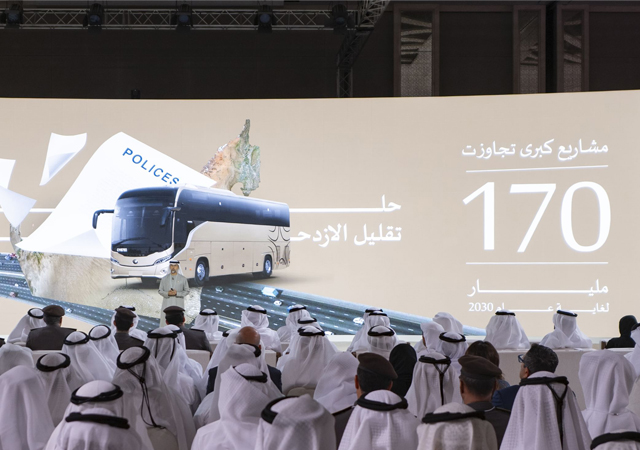
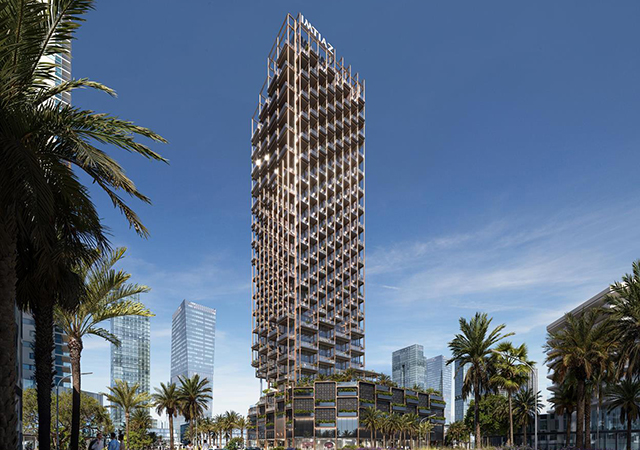
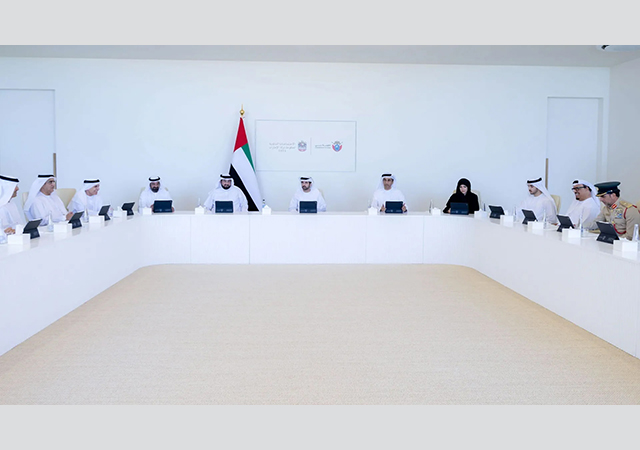
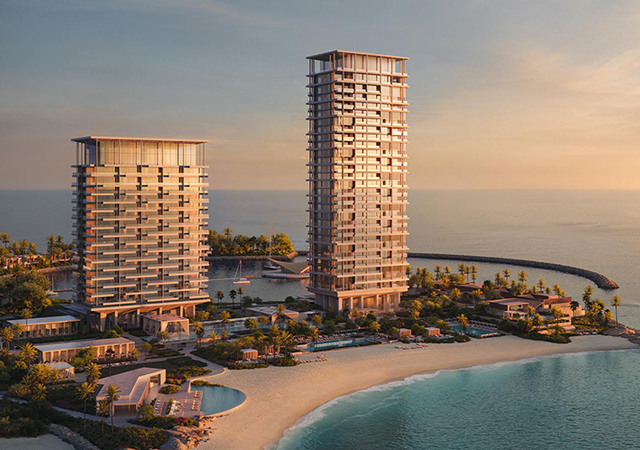
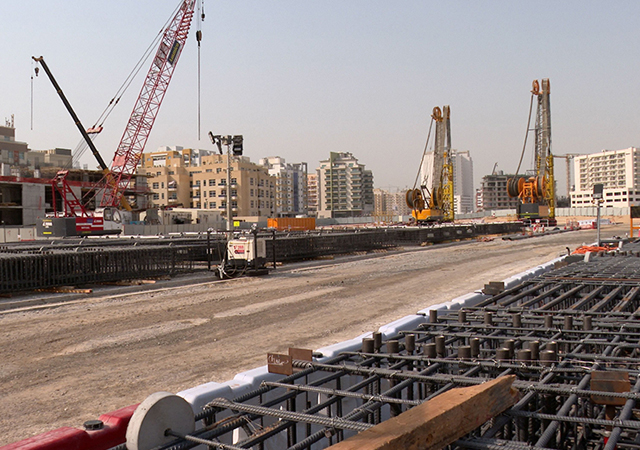

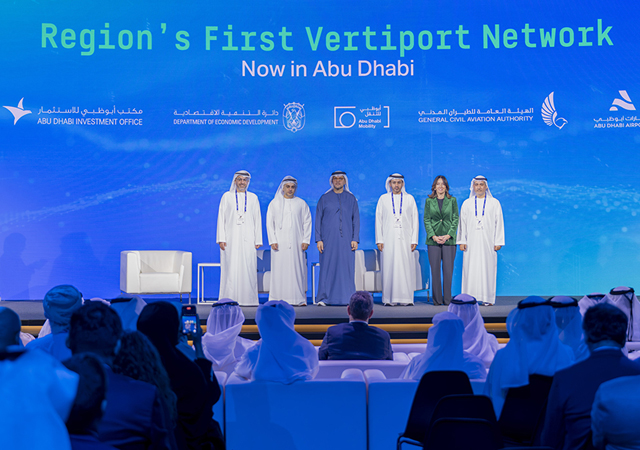

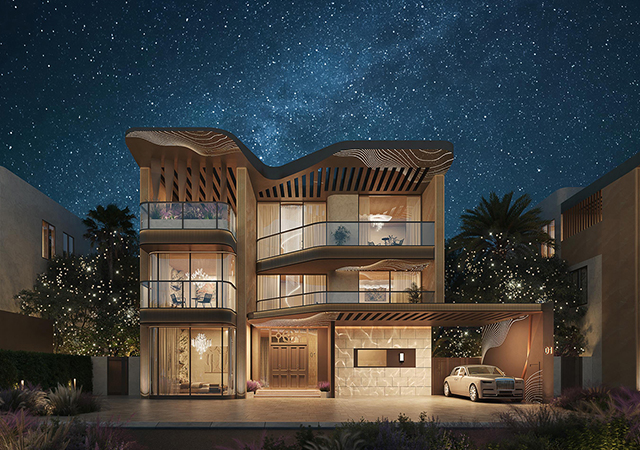
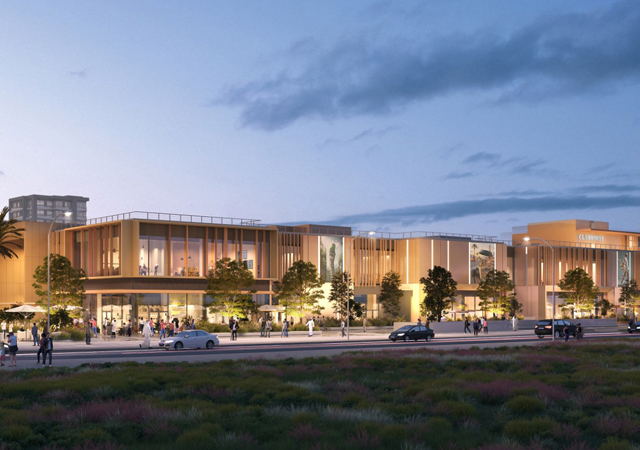

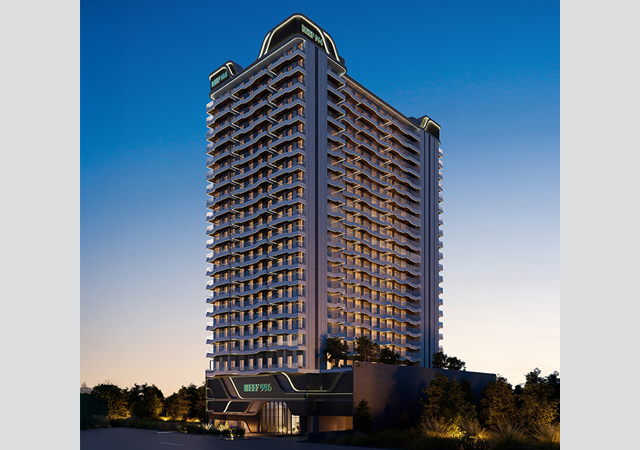
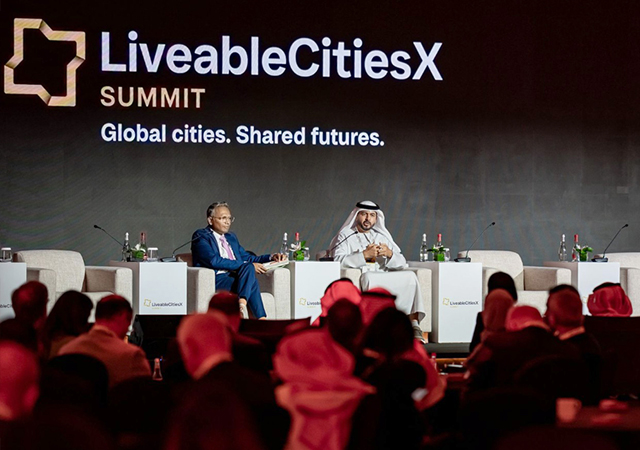




.jpg)

